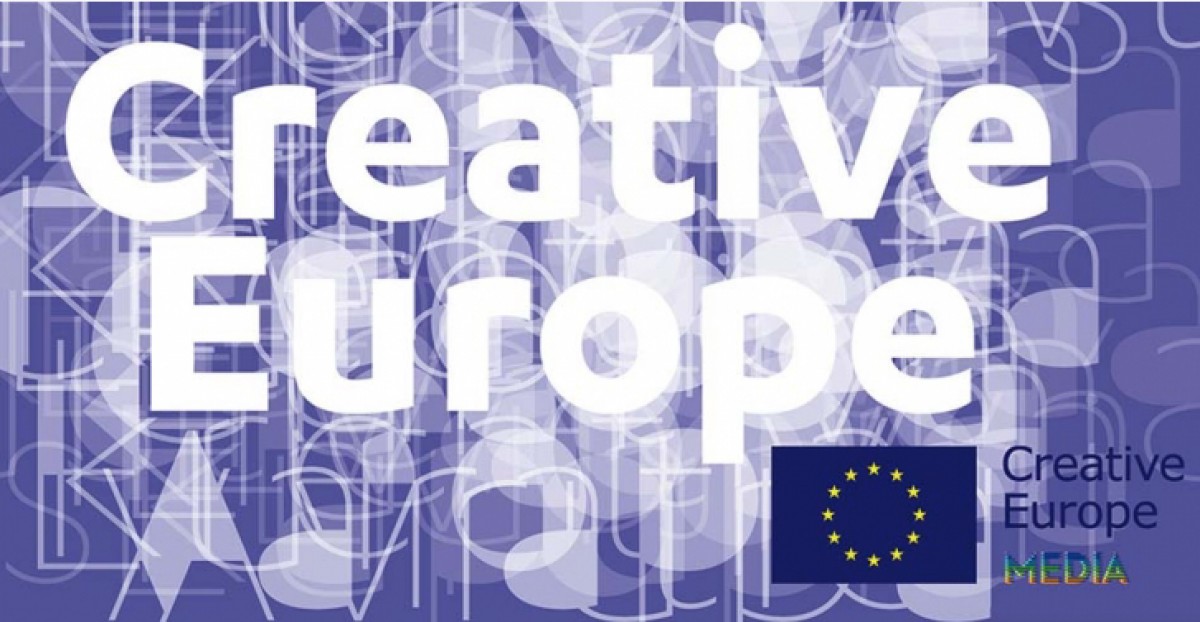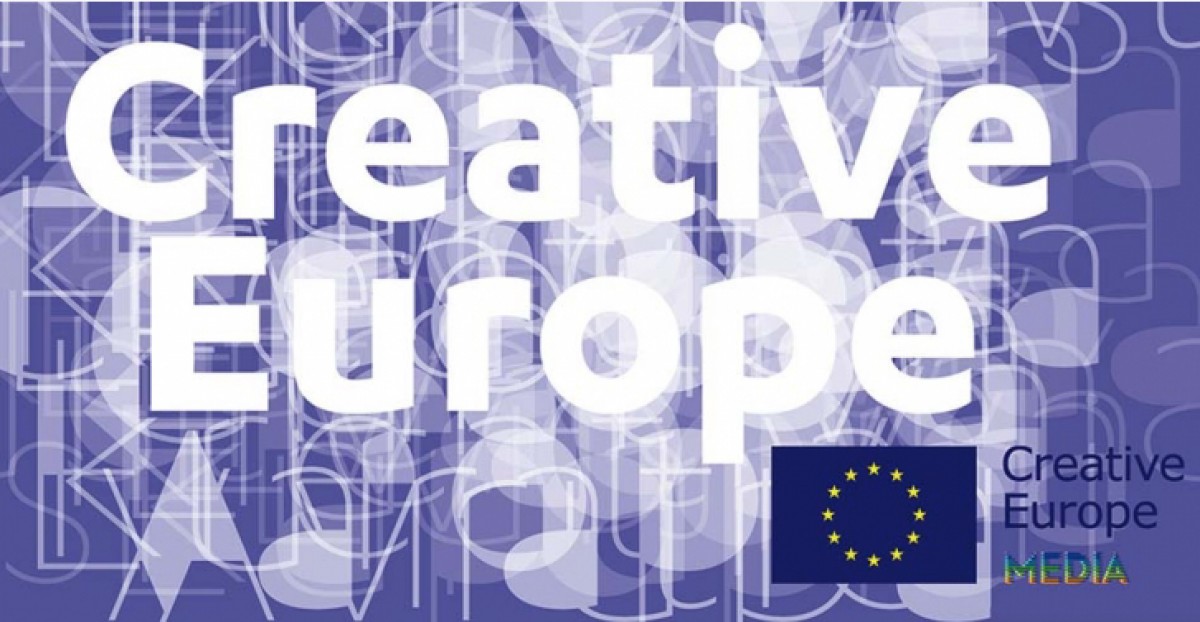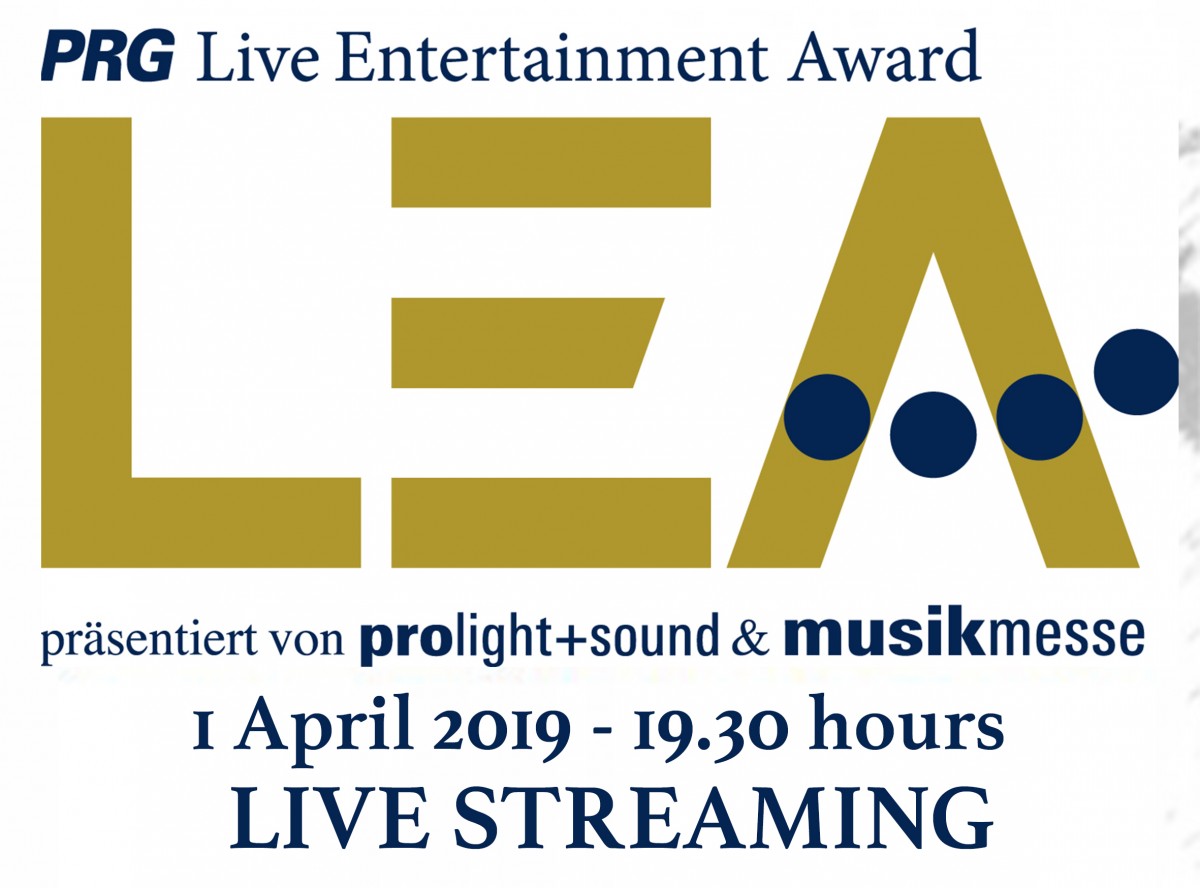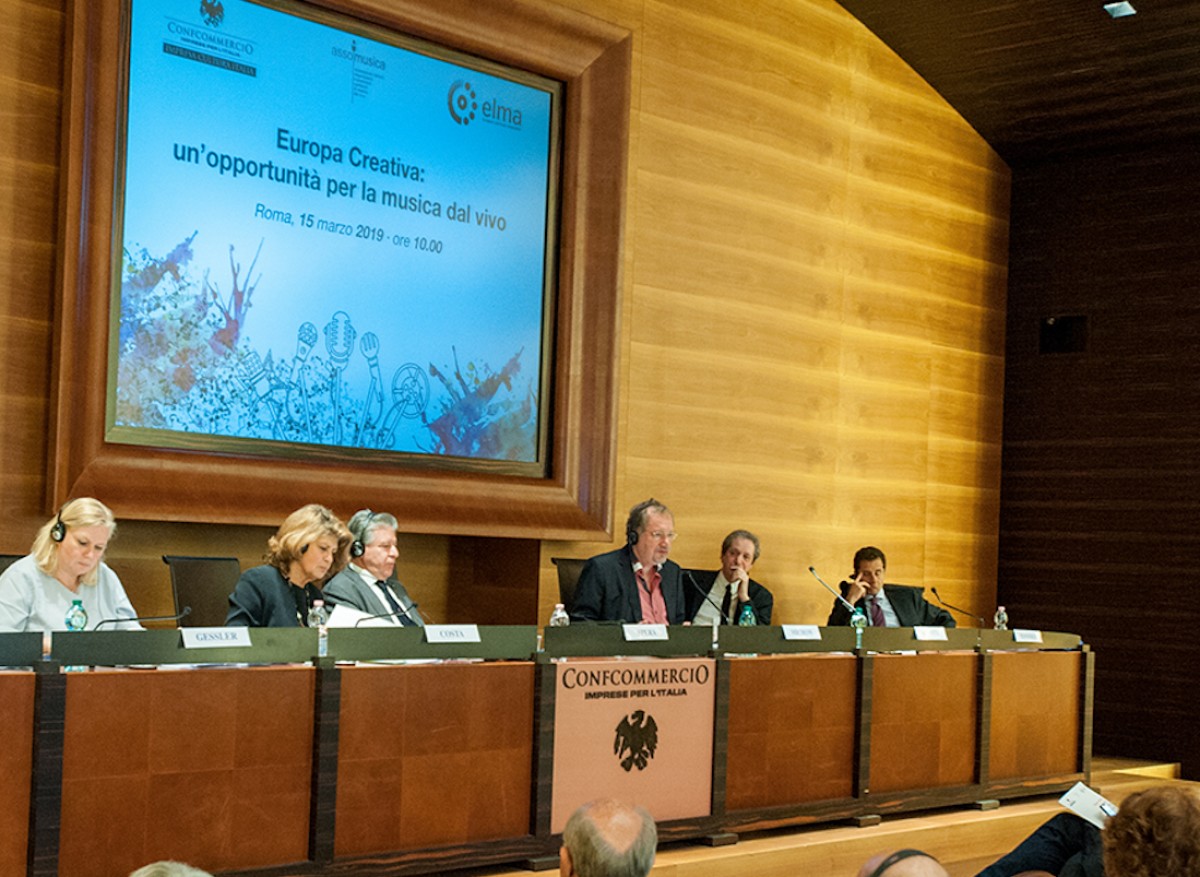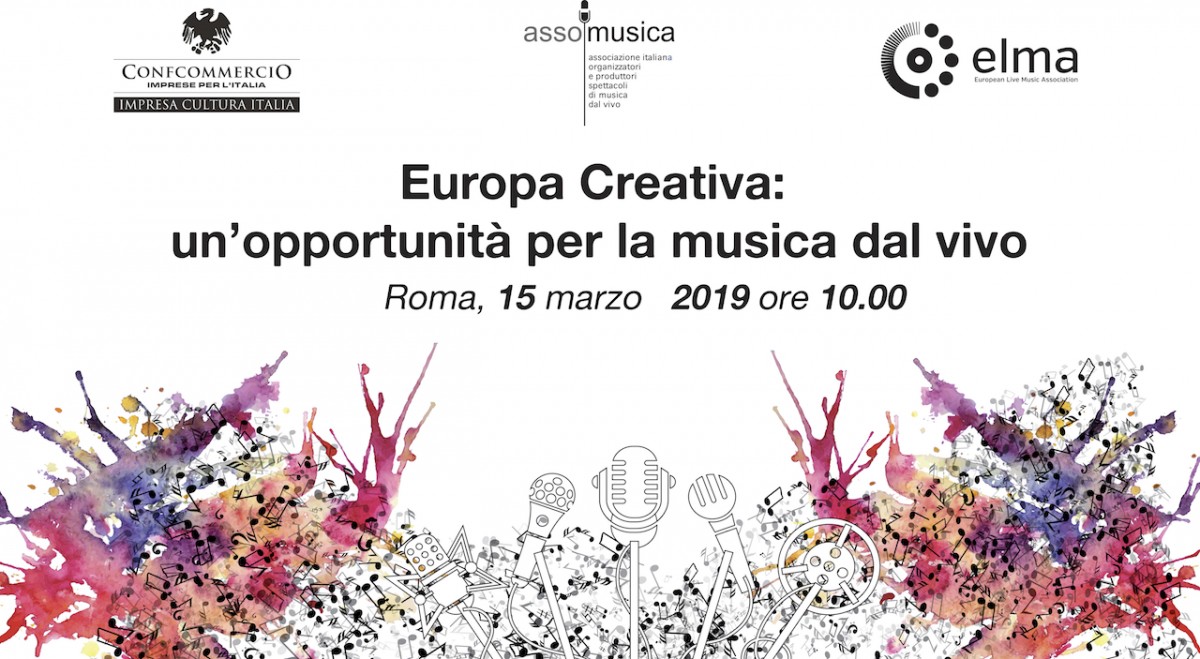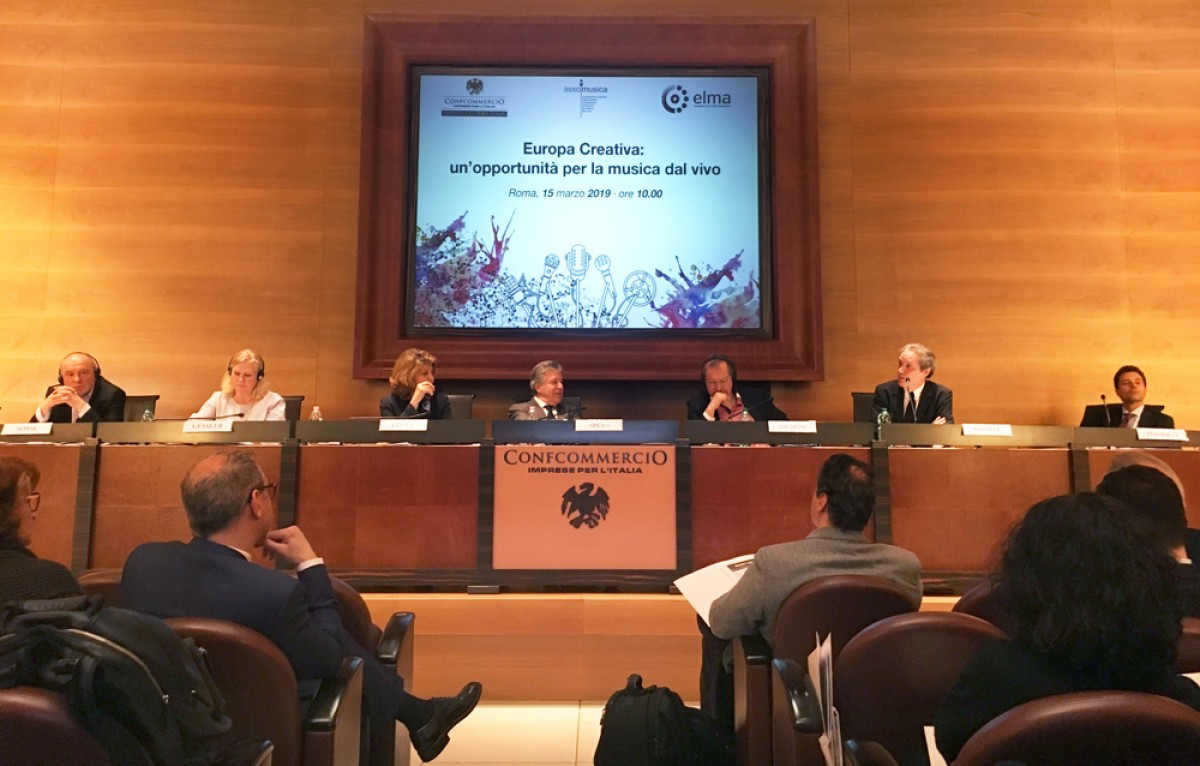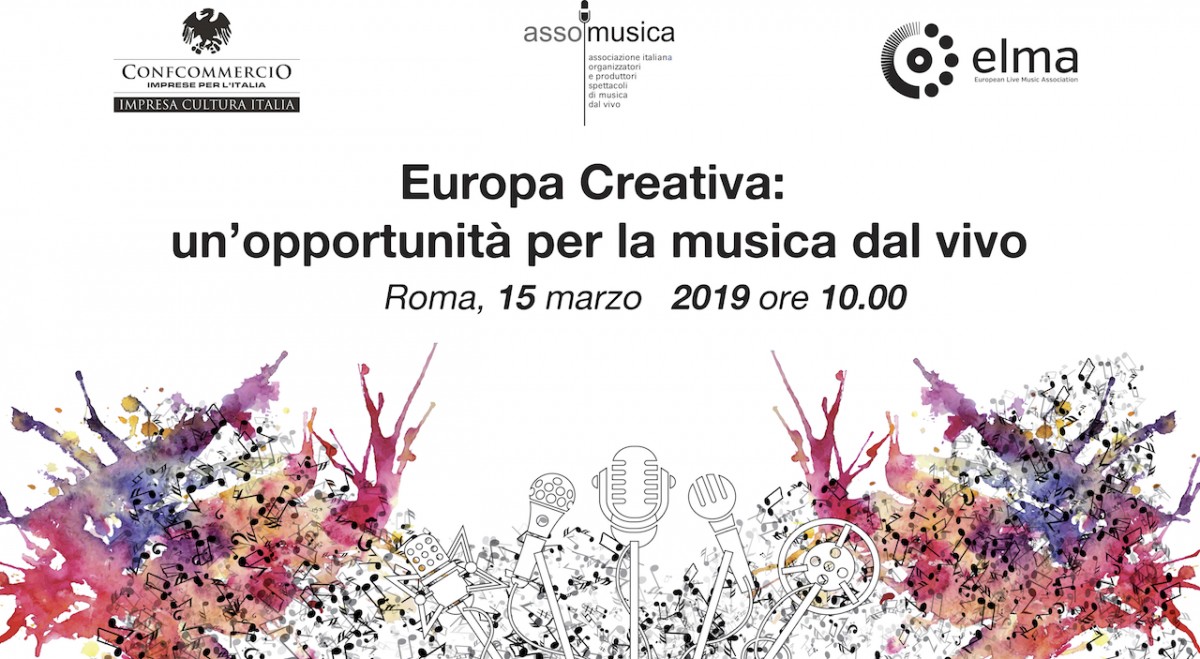ITALY FOURTH IN THE EU FOR FUNDING OF CULTURAL PROJECTS, FRANCE FIRST
The new Creative Europe programme was recently discussed in a convention organised by Assomusica, ELMA and the Impresa Cultura Italia-Confcommercio. This programme will double its funding for the period 2021-2027 to 2.8 billion euro, providing for measures and calls to tender for live music and concerts.
With 180 projects and 41.2 million euro, Italy is only fourth among the countries of the European Union that are participating in Creative Europe 2014-2020, the programme of EU financing for the creative and cultural sectors. France leads the field for the number of projects organised and funds obtained. These facts emerged today in Rome in the course of a convention on this subject, organised by Assomusica (the Italian Association of Organisers and Producers of Life Music Shows), ELMA (European Live Music Association) and the Impresa Cultura Italia-Confcommercio.
The convention takes its point of departure from the recent unanimous adoption of the new Creative Europe Programme 2021-2027by the European Parliament Committee on Culture and Education. This programme doubles the funds for cultural projects from 1.4 billion to 2.8 billion, providing as well for measures and specific calls for tender for live music and concerts. Various Members of European Parliament and EU officials also participated in the convention, including the programme’s rapporteur in the CULT Committee, the honourable Silvia Costa.
‘
The European Parliament Committee on Culture and Education’, said Vincenzo Spera, president of Assomusica, ‘has expressed its opinion aboutthe programme; it approves, in a bipartisan spirit, innovative amendments aimed at strengthening the financial instruments and the funding plans for supporting live music shows. This is therefore the right occasion for all of us to come together to discuss this provision, as well as how to improve planning and investments in this sector, stimulating growth in our territories and our culture of “Made in Italy”.’
Of the 2,500 projects of Creative Europe approved from 2014 to 2018, France obtained 15.4%, and above all brought home more than 97.2 million euro, almost 20% of the total funds, which up to now have exceeded 492 million euro. Germany stands in a solid second place for the number of projects organised (261) and funds obtained (56.2 million euro), the United Kingdom is third (189 projects) with almost 50 million euro brought in (49.7 million euro). Italy is only in the fourth place (180 projects), but if we consider the funds it obtained, it falls to fifth place, superseded by Belgium (47.6 million) and stopping at 41.2 million euro.
‘Culture is a fundamental and autonomous component – a transversal but not accessory component – of the tertiary market and of the economy of the country’, states Carlo Sangalli, president of Confcommercio. ‘For this reason, we must work together, also through the Creative Europe programme for the period of 2021-2027, which will promote European cooperation in the area of cultural diversity, strengthening the competitiveness of the cultural and creative sectors.’
Thanks to the work of Assomusica and ELMA, the CULT Committee of the EU Parliament has recognised that ‘music, in all its various forms and expressions, but especially contemporary and live music, is an essential component of the artistic, cultural and economic patrimony of the European Union. It is an element of social cohesion, multicultural integration, and socialisation among the young, and serves as the key instrument for improving cultural contributions, including cultural tourism. This sector’, writes the Committee, ‘has been under-represented in the latest Creative Europe programme; and as part of specific actions in the Culture section, the musical sector must become a focus in terms of financial allocation and targeted measures. “Tailor-made” calls to tender and specific instruments should help to improve the competitiveness of the musical sector and to sustain it through the challenges that await it.’
The new Creative Europe programme will now be part of the negotiations for the next Multiannual Financial Framework of the European Union in the course of 2019.
The Creative Europe Programme
The objective is to safeguard, develop and promote diversity and the European cultural patrimony and to improve the competitiveness of the European cultural industry, toward the end of inclusive and sustainable growth. The previous Culture and MEDIA programmes are now joined into one, becoming subprogrammes which finance cultural projects on the one hand, and projects dedicated to cinema and to the audiovisual sector on the other. After the success of the 2014-2020 programme, the Commission has decided to increase its budget and has proposed the new programme, maintaining the original tripartite structure (culture, media, cross-sectorial) in future appropriations planning.
Within the cultural sphere fall the circulation of artworks and artists, participation in cultural life, social inclusion, growth, the diffusion of European values through artistic education, cultural awareness and creativity, the internationalisation of the sector and cultural diplomacy.
The MEDIA division relates to projects for the development of talent, skills, innovation and cooperation in the audiovisual sector, business models and new technologies, cross-border access to audiovisual and theatrical works and to online distribution, and promotion of European works within the territory of the Union. There are also the cross-sectorial projects dedicated to a combined approach to media and culture (art, technology, business), to the quality of journalism, to media pluralism, to media literacy, to social inclusion through culture, and to providing information on the programme through the network of information points in every country.
For more information and to participate in calls to tender:
https://ec.europa.eu/programmes/creative-europe/node_en
For further information:
Sec Spa – via F. Aporti, 8 – 20125 Milano - t. 02 624999.1
Angelo Vitale – vitale@secrp.com– 338 6907474
Elena Castellini – castellini@secrp.com– 335 6271787
Daniele Mignardi Promopressagency
via Giovanni Nicotera, 29 - Roma
info@danielemignardi.it- Tel. 06.32651758
Rif. Desirée Corradetti - 3405324723
